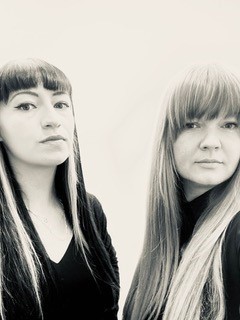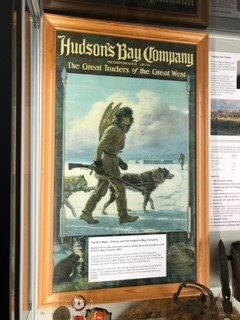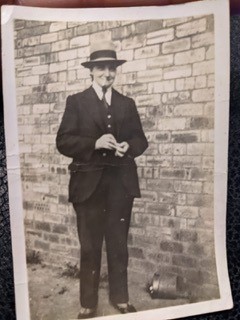
The sheer volume of artefacts on display and stored in the collections at the Stromness Museum had our heads in a spin. All we knew was our aim was to continue on with our current art practice and that was to research and investigate the woman’s place in Orkney.
Our connections to the north isles had our initial thoughts leaning toward the herring fishing and the gruelling daily tasks carried out by the women that followed the shoals. Then we learnt about Isabel…
What do you mean you haven’t heard of Isabel Gunn?
There are many stories and articles with plenty of speculation regarding Isabel; aka John Fubbister, aka Mary Fubbister and her reasonings for her adventures across the Atlantic Ocean.
It’s noted that she was a woman who left her family to work under the guise of a man as a result of poverty. Changed her name and worked as hard as any other male until her gender was revealed during child birth.
As is usual with women in history, there is very little information on Isabel’s life before, during or after. Just scraps of records with speculation for her departure from Stromness, in 1806. Only for Isabel to be buried in an unmarked grave on the outskirts of the town.
Sadly, we don’t claim to have the answers either but the challenges that were faced really captured our imagination. Could you change your identity and get paid by an employer without them questioning your gender today? Would your National Insurance number or passport details give you away? Are employers and is society still biased around who would be better suited for the role? (We probably already know the answer to that last one.)
We wondered how it felt to be dressed and treated like man, especially in a time when European women weren’t allowed to travel that far with the Hudson Bay Co?

The easiest way to get what you want in modern day society, to be recognised for your ability or talent is to be a man. You’ll be paid more. Your ability to progress in your chosen career will be easier. We’re not quashing or dismissing the struggles that men face today but as artists; and in particular female artists, we’re looking at this subject from a woman’s perspective and are inviting you; for a moment, to look at the world through our gaze.
It wasn’t until the world wars, that in European society women’s attire began to imitate and replicate the masculine and even when worn, was still only for the privileged, prosperous or performers who were able to have a carefree stance on their outwardly appearance.
In contrast and prior to the European Missionary influence, The First Nation Cree believed that a person could be born both male and female; a Two-Spirit being, so perhaps they saw Isabel or John as this?
We wondered what prompted Isabel to ‘escape’ and under the guise of a man in the early 1800’s? What encouraged her to opt to work in what is still deemed a masculine profession, where at the time women were banned? There are claims she did it as a result of poverty or that she did it for love, maybe she just wanted to be… a man.
With our frontal cortex’s now full we have decided to look further into the gender attachment to clothing with the use of pinhole cameras and materials; kindly purchased by the Stromness Museum which we plan to combine with some modern techniques.

Follow us on Instagram and Facebook to keep an eye on our progress
Thanks to:
Stromness Museum – Especially Norna for your time and access to the Museum.
References:
http://www.orkneyjar.com/history/historicalfigures/isobelgunn.htm
Drag, The Complete Story by Simon Doonan – Printed by Laurance Kink Publishing 2019/2020
https://www.thecanadianencyclopedia.ca/en/article/two-spirit




